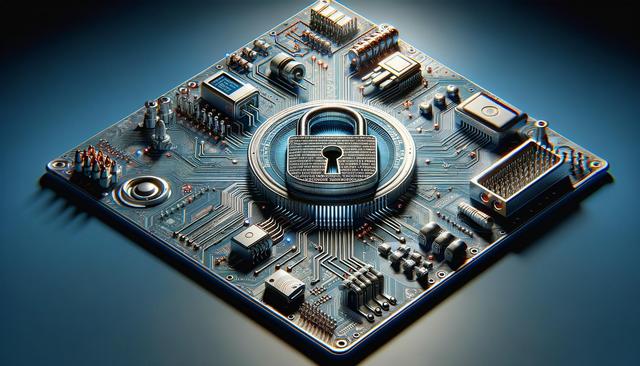Cyber Security Essentials: Protecting Your Digital World in an Connected Age
Cyber security protects your devices, data, and online activities from threats like hacking and malware. By using strong passwords, updates, and awareness, you can stay safe in the digital world.

Understanding Cyber Threats
In today’s interconnected world, cyber threats are evolving rapidly, targeting everything from personal devices to large-scale networks. Understanding the nature of these threats is the first step in safeguarding your digital presence. Hackers employ various tactics, such as phishing, where fraudulent messages are sent to trick users into revealing personal information. Malware, another common threat, includes viruses that can damage or disable systems, while ransomware locks users out of their data until a fee is paid. To counter these, awareness is key. By staying informed about the latest threats, users can recognize suspicious activities and avoid potential pitfalls.
The Importance of Strong Passwords
One of the most fundamental, yet often overlooked, aspects of cyber security is the use of strong passwords. A robust password acts as the first line of defense against unauthorized access. Creating a strong password involves using a mix of letters, numbers, and symbols, making it hard to guess. It is advisable to avoid using easily obtained personal information like birthdays or common words. Furthermore, each account should have a unique password to prevent a security breach in one platform from affecting others. Consider using a password manager to keep track of your complex passwords securely.
Regular Updates and Patching
Keeping your software and devices updated is crucial in protecting against vulnerabilities that cybercriminals might exploit. Software developers regularly release updates that patch security flaws and enhance functionality. Neglecting these updates can leave your systems exposed to attacks. Set your devices to update automatically, where possible, and routinely check for new updates. This practice ensures that you are running the most secure versions of your applications and operating systems, significantly reducing the risk of a cyber attack.
Securing Your Network
While securing individual devices is essential, protecting your network as a whole is equally important. Begin by changing the default settings on your router, including the password and network name. Enable network encryption, such as WPA3, to protect data transferred over your network. Additionally, a firewall can be an effective barrier against external threats, controlling incoming and outgoing network traffic based on predetermined security rules. For further security, consider using a Virtual Private Network (VPN) to encrypt your internet connection and safeguard your privacy online.
Building a Culture of Security Awareness
Creating a culture of security awareness is vital in the fight against cyber threats, especially in organizational settings. This involves regular training and education on the latest cyber security practices and trends. Employees should be encouraged to report suspicious activities and incidents without fear of reprisal. Implementing clear policies and guidelines can help standardize security measures across the board. A few key practices to promote include:
- Recognizing phishing attempts
- Regularly updating passwords
- Understanding the importance of data privacy
By fostering an environment where security is a priority, you can significantly reduce the risk of cyber attacks.
Conclusion
In conclusion, cyber security is an ongoing process that requires vigilance, education, and proactive measures. By understanding the threats, using strong passwords, maintaining updated systems, securing networks, and promoting awareness, individuals and organizations alike can protect their digital assets. As technology advances, so do the tactics of cybercriminals, making it imperative to stay informed and prepared. Remember, a well-informed user is a cyber criminal’s worst enemy.